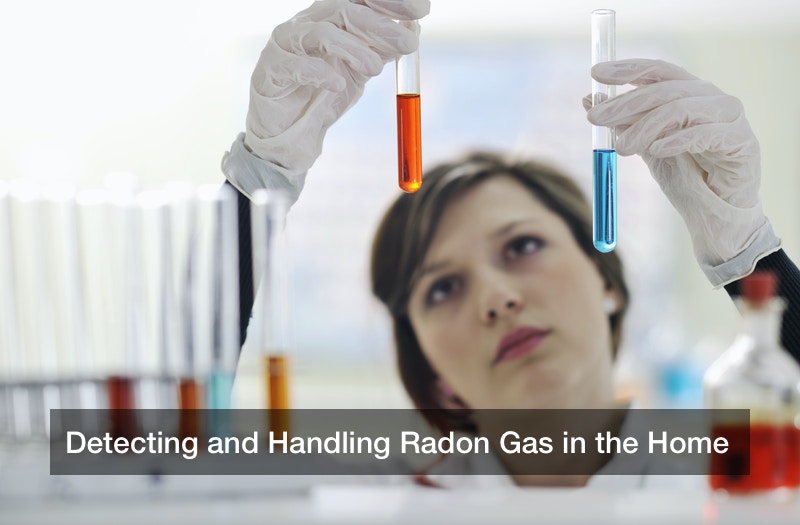
Homeowners may be exposed to all sorts of hazards or threats on their property, some of them more obvious than others. A hurricane may blast apart the roof or flood the basement, and electrical fires are a constant threat from frayed and damaged electrical cords. But some hazards are invisible and subtle, and they require special gear to diagnose. Homes come standard with carbon monoxide detectors, but there’s also the threat of radon. Just what is radon gas? Radon is a heavy, radioactive gas that appears in nature, and it often seeps up from the ground and can get into the basements of many American homes. This is not a threat to ignore; radon gas, in high enough concentrations, can cause serious health hazards, and many homeowners are already exposed to harmful levels of it. Testing for radon with the help of radon mitigation companies and local radon mitigation and abatement firms can help.
The Threat of Radon
This is a concern for the Environmental Protection Agency, the EPA, which has compiled data about the frequency and the hazards of radon gas across the United States. What do the numbers show? Both the EPA and the Surgeon General’s Office believe that radon gas claims nearly 20,000 lives each year by causing lung cancer, and many homeowners don’t realize what is happening until it’s too late. The EPA also says that in seven states and three Native American regions, they found dangerous amounts of radon gas exposure in 33% of homes (over 4 pCi/L of radon). For context, anyone who is exposed to 4 pCi/L of radon is exposed to 35x the radiation as the Nuclear Regulatory Commission would allow if someone stood at the fence of a radioactive waste site. Overall, around one in every 15 American homes is exposed to levels of radon at or above the EPA’s action level, and the residents may soon suffer symptoms such as dizziness and nausea, difficulty breathing, chest pain, and even bronchitis, not to mention the risks of developing lethal lung cancer.
Local Radon Mitigation and Abatement Done Right
Homeowners can take the initiative and look up local radon mitigation and abatement companies in their area for help, especially if their home state has high rates of radon gas exposure (some states have more radon than others). Online, a homeowner can find these local radon mitigation and abatement companies and ask them for a quote on radon gas testing kits or other hardware, and ask for a crew to be sent over. Another idea is to visit local hardware stores, which may feature radon testing kits for purchase.
Radon testing kits can be short-term or long-term, and both types will sit in the home’s lowest point (such as the basement) and collect air samples. Such a device will transmit data to a radon testing company for analysis. Short-term kits will test the air for 90 days, but often, it’s a good call to buy a long-term testing kit, which will measure the air for more than 90 days and therefore result in a more accurate analysis. If a home tests positive for dangerous radon gas levels, some steps can be taken.
A temporary but easy solution is to open all doors and windows in the home, then set up fans that will blow all the air out and refresh it, which can rapidly lower the radon levels in the home below the EPA’s action level. Over time, the radon will build up again, but this is a low-cost solution that can be done regularly. Meanwhile, if a local radon mitigation and abatement company is hired, they can do even more. For example, they can set up PVC pipes and air pumps and filters that will collect radon gas and redirect it outside the house. This will cost more than airing out the house, but it requires little to no further effort on the homeowner’s part (and no inconvenience), and when and if the house is sold later, the new buyers will appreciate having this safety system already in place. This can add to the property’s appeal, as well as keep the new owners safe from an invisible and odorless radioactive gas in the basement.
